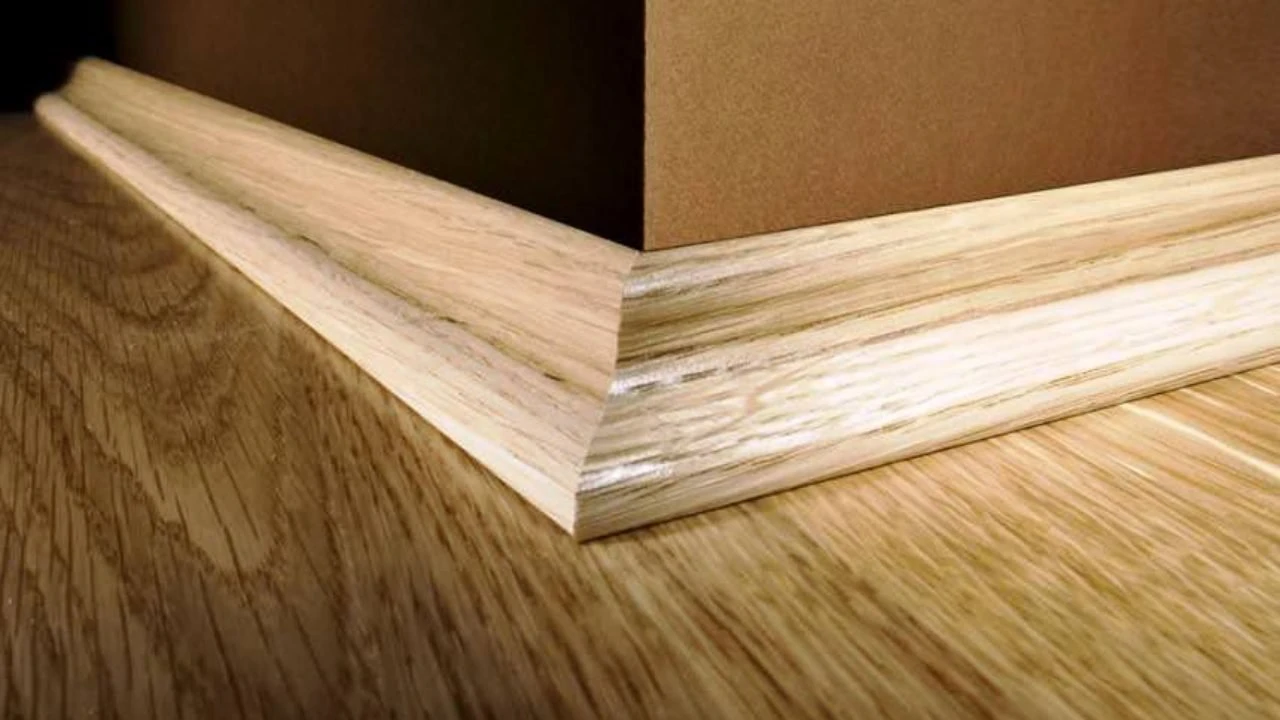Eco-friendly Wall Coverings for a Sustainable Home Environment
Sustainable Wall Coverings Enhancing Interiors Responsibly
In an era where sustainability is at the forefront of design and architecture, selecting the right materials for interior spaces has never been more crucial. Sustainable wall coverings are emerging as a popular choice among homeowners and designers alike, offering aesthetic appeal while minimizing environmental impact. These innovative materials not only enhance the beauty of interiors but also contribute to a healthier planet.
What Are Sustainable Wall Coverings?
Sustainable wall coverings refer to materials that are derived from renewable resources or recycled content, produced with minimal impact on the environment. They encompass a wide range of options, including paint, wallpaper, fabrics, and natural materials such as wood and bamboo. These products are designed to be non-toxic, energy-efficient, and durable, ensuring that they contribute positively to both human health and ecological well-being.
Types of Sustainable Wall Coverings
1. Eco-Friendly Paints Traditional paints often contain volatile organic compounds (VOCs) that can pollute indoor air quality. Eco-friendly paints, on the other hand, are formulated with natural ingredients and minimal or no VOCs, making them a safer choice for both the environment and occupants. Brands such as Benjamin Moore and Sherwin-Williams offer low-VOC and even zero-VOC options that deliver vibrant colors without the harmful side effects.
2. Recycled Wallpaper Wallpaper is another area where sustainability can shine. Recycled wallpaper is made from post-consumer or post-industrial waste, transforming old materials into beautiful new designs. Furthermore, many contemporary wallpaper brands utilize water-based inks and adhesives, reducing their carbon footprint. Brands like Farrow & Ball and Graham & Brown have collections that exemplify sustainable practices.
3. Natural Fibers Wall coverings made from natural fibers such as jute, sisal, and hemp are excellent sustainable choices. These materials are biodegradable, renewable, and often produced using less energy than synthetic options. Natural fiber wall coverings bring a unique texture and warmth to interiors, making them ideal for residential and commercial spaces alike.
sustainable wall coverings

4. Wood and Bamboo Utilizing wood and bamboo for wall coverings is another sustainable practice. Bamboo, in particular, is a fast-growing grass that can be harvested without causing harm to the environment. When sourced responsibly, these materials can add a sophisticated touch to any space. Reclaimed wood is another fantastic option, offering rich textures and histories while promoting recycling.
5. Biodegradable Options In addition to conventional wall coverings, several companies have started producing biodegradable alternatives. These options break down naturally at the end of their life cycle, significantly reducing landfill waste. Such products are gaining popularity due to their commitment to environmental stewardship.
Benefits of Sustainable Wall Coverings
Investing in sustainable wall coverings comes with numerous benefits. Not only do these materials help reduce one’s carbon footprint, but they also enhance indoor air quality, which is essential for the health and well-being of occupants. Sustainable options are often more durable and require less maintenance over time, making them a cost-effective choice in the long run.
Moreover, with the growing consumer awareness around sustainability, incorporating eco-friendly materials can contribute to the overall value of a property. Homes and businesses that prioritize sustainable design are increasingly being sought after in the market, making these investments economically savvy.
Conclusion
Sustainable wall coverings represent a profound shift in how we think about interior design. By prioritizing environmentally-responsible materials, homeowners and designers can create spaces that are not only visually appealing but also supportive of a healthier planet. Whether opting for recycled wallpaper, natural fibers, or low-VOC paints, there are myriad options available to suit every aesthetic. As the demand for sustainability continues to rise, embracing these innovative wall coverings is indeed a step toward a more harmonious balance between our interiors and the environment.
-
The Various Functional Roles of Spc Flooring GreyMay.16,2025
-
The Impact of Spc Flooring on HealthMay.16,2025
-
The Decorative Function of Modern Wall CoveringsMay.16,2025
-
The Characteristics and Importance of Wall Coverings for Living RoomsMay.16,2025
-
Application of UpVC Welding Rod on FlooringMay.16,2025
-
The Best Commercial Flooring SolutionsMay.12,2025




